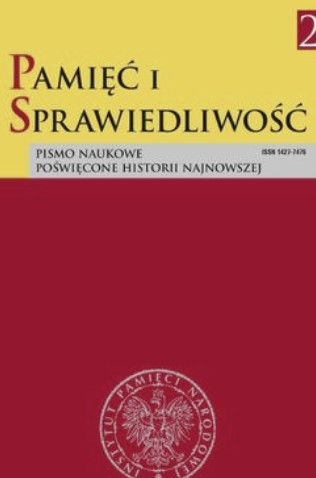
Forced Disappearances of Bosniaks in Srebrenica, The United Nations Safe Zone
The aggression on the Republic of Bosnia and Herzegovina resulted in a commission of a crime against humanity and international law, as well as committing the most severe form of crime – genocide. In the UN safe zone of Srebrenica were committed crimes against Bosniaks which is according to the mass, scope and number of victims of unprecedented scale in the recent history. The population of Srebrenica was exposed to starvation, wounding, mutilation, and then deportation, forced expulsion, forced disappearance, capture, rape, and individual and mass murder. After the mass capture performed as part of the Operation Krivaja 95, mass killings followed after which the bodies of the dead were buried in mass graves at hidden locations. For years, families search for missing persons, preserving in their efforts to find sites of primary or secondary mass graves that cover the remains of their family members. The existence of mass graves confirms the efforts to conceal and destroy both the traces and the extent of the crimes committed, and their disclosure allows missing persons to obtain their identity and a decent burial.
More...












